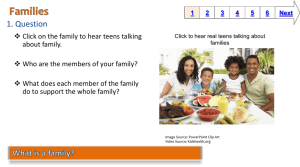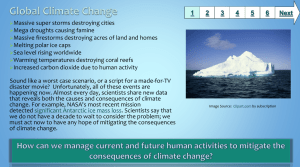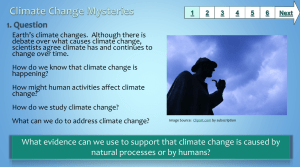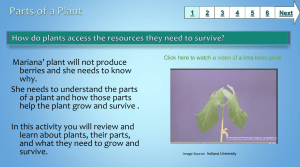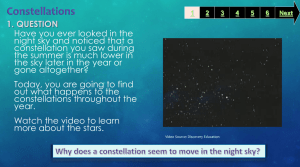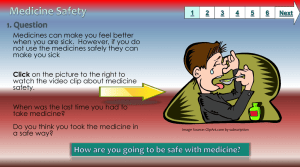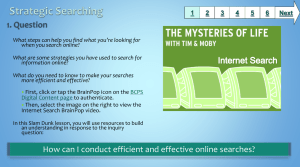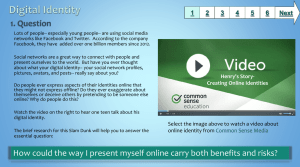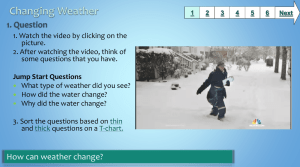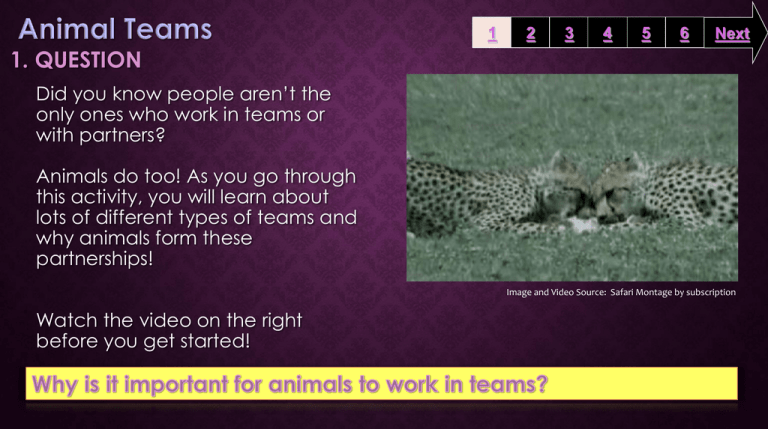
1
2
3
4
5
6
Next
1. QUESTION
Did you know people aren’t the
only ones who work in teams or
with partners?
Animals do too! As you go through
this activity, you will learn about
lots of different types of teams and
why animals form these
partnerships!
Image and Video Source: Safari Montage by subscription
Watch the video on the right
before you get started!
2. INFORMATION SOURCES
1
2
3
Transportation
Parasites
Mutual
Fighting
Amazing
Partners
Image Source: clipart.com by
subscription
Perfect Pairs
It takes teamwork
4
5
6
Next
3. STUDENT ACTIVITY
1
2
3
Pick an animal team from the
previous slide.
Then complete the activity page
about what you have learned!
Use the rubric to help you complete
your work.
Click me to go to the activity page!
Image Source: Microsoft Office
4
5
6
Next
4. ASSESSMENT ACTIVITY
Your cousin who lives in Baltimore City
doesn’t understand how animals work in
teams.
Using what you have learned, write
a letter or a postcard to your cousin
explaining why it is important for
animals to work in teams.
1
2
3
4
5
6
Next
First watch this video on
how to write a friendly
letter!
Video Source: Discovery Education by subscription
Image Source: readwritethink.org
5. ENRICHMENT ACTIVITIES
1
2
3
4
5
6
Next
Find out how dogs and
cheetahs are a team in
this video! Click the dog
to watch.
Read about how animals
team up with people.
Learn about how guide
dogs team up with the
blind.
Image Sources: Microsoft Office
6. TEACHER SUPPORT MATERIALS
Grade Level and Content Area
BCPS Curriculum / Maryland State Curriculum
Grade 1: Unit 4 Reading
Common Core State Standards
Reading: 1. Read closely to determine what the text says explicitly and to make logical inferences from it; cite
specific textual evidence when writing or speaking to support conclusions drawn from the text.
Reading: RI 1.3: Describe the connection between two individuals, events, ideas, or pieces of information in a text.
1
2
3
4
5
6
Time Frame: Two-50 minute lessons
Differentiation strategies for this lesson:
•Students can work in small groups or partners to complete the
research.
•Silver stars are resources all students can use. Gold stars are for
higher students to use.
•The resources for gold stars allow students to listen to the articles.
•Teachers can also walk students through what they have to do to
complete the Slam Dunk.
Writing: 7. Conduct short as well as more sustained research projects based on focused questions, demonstrating
understanding of the subject under investigation.
Standards for the 21st Century Learner
1.1.6 Read, view, and listen for information presented in any format (e.g. textual, visual, media, digital) in order to
make inferences and gather meaning.
2.1.3 Use strategies to draw conclusions from information and apply knowledge to curricular areas, real-world
situations, and further investigations.
ISTE NETS - National Educational Technology Standards for Students
3. Research and Information Fluency: Students apply digital tools to gather, evaluate, and use information.
b. Locate, organize, analyze, evaluate, synthesize, and ethically use information from a variety of sources and
media.
4. Critical Thinking, Problem Solving, and Decision Making: Students use critical thinking skills to plan and conduct
research, manage projects, solve problems, and make informed decisions using appropriate digital tools and
Learning Styles addressed in this lesson:
Visual, auditory, kinesthetic, tactile, active, reflective, global,
analytical
Notes to the teacher:
•Collaborate with your school library media specialist to implement this
lesson.
•Students will need their internal passwords for Safari Montage. Contact
your Library Media Specialist if you don’t have it.
•Have a copy of the database passwords in case the links don’t work.
•Students will need headphones to listen to videos.
resources. c. Collect and analyze data to identify solutions and/or make informed decisions .
Last updated: July 2014
Created by Marlena Aumen, Library Media Intern
BCPS Slam Dunk Research Model, Copyright 2013, Baltimore County Public Schools, MD, all rights reserved. The models may be used for educational, non-profit school use only.
All other uses, transmissions, and duplications are prohibited unless permission is granted expressly. This lesson is based on Jamie McKenzie’s Slam Dunk Lesson module.

